Why do people think that the Federal Reserve was created by the Rothschilds and the Rockefellers?
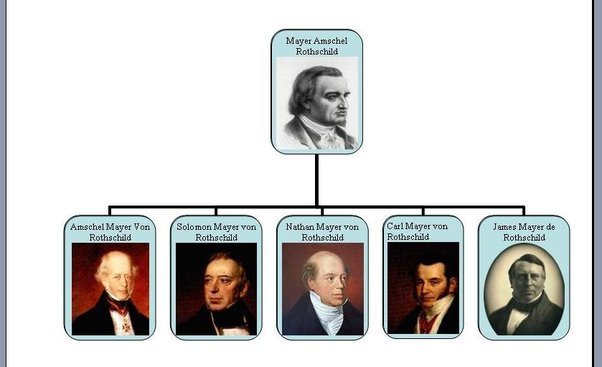

In 1910, Nelson Aldrich, the head of the bipartisan National Monetary Commission and the Senate Republican leader, visited Europe to study its central banking systems. Though initially opposed to centralized banking, he was impressed by Germany’s monetary system (which was heavily influenced by the Rothschild family) and returned to the US believing that a federal bank would be an improvement to the US’s turbulent government-issued bond system. Aldrich then met with several prominent New York bankers, working with them to create a central banking bill latter dubbed the “Aldrich Plan.”
To no one’s surprise, the Aldrich Plan faced stiff resistance. In an effort to discredit the ambitious politician, his detractors made much fuss over Aldrich’s close ties to J.P. Morgan (the banking tycoon) and John D. Rockefeller Jr. (the heir to Standard Oil and Nelson Aldrich’s son-in-law).
At this point in time, John Rockefeller Sr. was by far the wealthiest and possibly most hated person in America (though the hatred was somewhat unfair). His notorious, covert deals with the railroad industry in the US and the Rothschilds in Europe led many to believe that Rockefeller, Standard Oil (nicknamed “The Octopus” because it had a hand in everything), and a few other industrialists essentially controlled America.
Needing little coxing, the mudracking press and spiteful public spun Aldrich’s and Rockefeller’s ties into a grand conspiracy. This public campaign was successful. In 1912, when the Democrats took control of the White House and Congress, the Aldrich plan essentially died. Yet, the conspiracy theories lived on. When, in 1913, Woodrow Wilson passed a modified Aldrich Plan known as the Federal Reserve Act, many Americans still suspected that the Rockefellers, a collection of eastern bankers, and the Rothschilds were heavily involved. Who knows – maybe they were.
Today, the family strives to make its presence in the world inconspicuous and inaudible. This is understandable: big and, moreover, very big money prefer silence. The Rothschilds planned three world wars. Two world wars allowed them to achieve their goals: to weaken competitors, to provide the dollars they issue, 70% of the gold mined by mankind, to turn the dollar into an international reserve currency – the main money of the planet. The third world war is planned for the destruction of the remaining opponents – Russia, China, India – and the conquest of world power, the creation of a world government. We are on the verge of a third world war.
Until the criminals who organize world wars are convicted – families bearing the names: Rothschild, Ford, Krupp, Morgan, Montefiere, Oppenheimer, Goldsheimid, Bleichrod, Meddel, Wallenberg, Warburg, Sassoon, Dupont, Stern, Heine, Mellon, Cohen, Flip and more than 300 clan families – the world will constantly be threatened by self-destruction in war.
Why do people still not know who organized and financed the first and second world wars, the revolution in Russia in 1917 and 1991?
You must have heard that the main criminals of the Second World War were convicted at the Nuremberg trials? And the main criminal was Adolf Hitler? Do you know who “created” a political leader from a worthless poor German?
Without the money provided by Wall Street, there would be no Hitler, no World War II.
So who was supposed to be on the bench of criminals in Nuremberg: the military or those who created the politicians, the military and sent them to war? The main organizers of the world wars, the banking Jewish clans of the Rothschilds, Rockefellers, Fords, Kuhns, Morgans, were to sit in the dock.
They needed a world slaughter and they got what they wanted – power over most of the world.
The Rothschilds set the tasks voiced in the video “Who Rules the World?” and specific for the present – the destruction of the military and world competitors of the United States (Russia, China, India).
And today there is still an opportunity to prevent the Third World War, the death of loved ones, by spreading truthful information.
Somewhere in the 1760′s, a Jewish-German man who goes by the name Mayer Amschel Rothschild and his 5 male children decided to create a banking business.
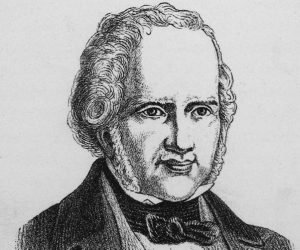
And because the man Rothschild was one of the very few Jews allied with the German Royals (and also because he managed most of the money for them), he and his 5 sons were able to have social privileges such as living at court or outside of the Jewish ghettos, while being able to spread their influence over much more than just a small ghetto.
When the French revolution rolled in around 1789, which is when the French monarchy was overthrown and sent to the chopper (or the guillotine), the Rothschild banking empire benefited tremendously from the French Revolution. The Austrians during the French revolution asked the newly established Rothschild to help equip the Austrian army with guns, uniforms etc., etc., etc.
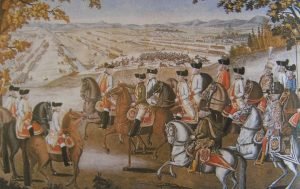
Rothschild, realising he could make more dough with other countries rather than the Austrians, sent his 5 sons to live in the grandest cites of Europe, such as Paris, Vienna, London and Frankfurt, not so his sons could have a holiday, but so they can spread the Rothschild banking industry world wide (or European wide, because back then Europe was considered the world.)
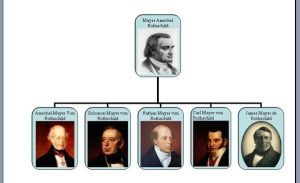
With Rothschild’s 5 sons now in the most important places in Europe (at that time) led to the first bank to be in another country. Rothschild bank lending to governments to finance war operations over several centuries provided the Rothschild family with ample opportunity to accumulate bonds and build additional wealth in a range of different industries.
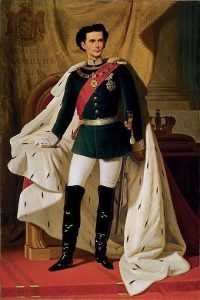
But in 1811, after almost a couple decades working with the European top governments, the original Rothschild, Mayer Amschel Rothschild dies, but luckily, he has given his 5 sons strict instructions on how he wants his bank to be run so that the bank won’t collapse after his death.
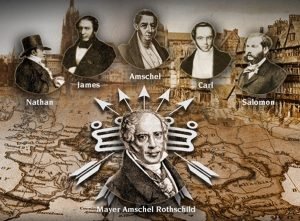
He also told his sons to get married, so that his line of descents will run the banks, and not some random hippie (no offense to hippies, of course.) Which is one of the reasons Rothschild is still a family bank after all this time, and also the reason why Rothschild family tree is so massive.
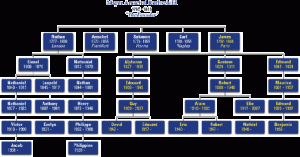
After Rothschild’s death, one of his sons, Nathan Mayer Rothschild, became the most successful. He was also much more generous than the others because he made many charities, and funded many schools such as the Jews’ Free School in London. Furthermore, he ran public libraries, orphanages, hospitals, homes for the elderly and special funds allocated for the purpose of education.
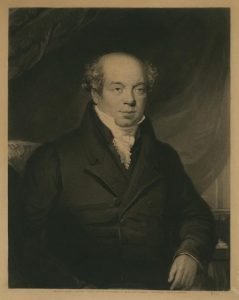
Educational efforts in Austria, France and Israel were also made possible through Rothschild generosity. In addition to money put toward education, the family gave an estimated 60,000 pieces of artwork to numerous organizations. The Rothschild family expanded the creation of social housing in the cities of London and Paris, and the Rothschild Foundation was created to further these efforts.

But in the early 20th century, the Rothschild empire was hit hard. The world wars, the political mayhem, and family problems diminished the family fortune over the next 100 years. The Naples branch of the bank had closed in 1863 and a lack of male heirs led to the closing of the Frankfurt branch in 1901.
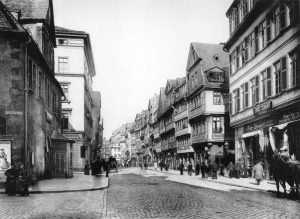
And worse was to come. When the Nazis took Austria in 1938, the Rothschild bank in Austria fell completely. The Vichy government in France expropriated Rothschild Bordeaux properties during the war and the Nazis confiscated millions of dollars’ worth of art, jewels and precious objects from the Austrian branch of the family.

Over the years, palatial Rothschild estates were gradually donated to the British and French governments and to other organisations and universities, since the Rothschild’s didn’t really need them any more, and also because they were wasting the Rothschild savings.
After the fall of Nazi Germany, only three banks remained under ownership of the Rothschild’s. These were the London and Paris branches, and a new Swiss bank founded by Baron Edmond Adolphe de Rothschild, who died in the 1970s.
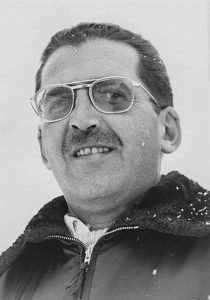
But luckily for the Rothschild’s, in 1982, Francois Mitterrand’s socialist government dealt with the Paris bank fatal blow, nationalising it and renaming it Compagnie Européenne de Banc. Edmond Rothschild and Francois Mitterrand’s were actually relatives, so the Rothschilds helped Francois Mitterrand’s new socialist government, and ended up creating the Rothschild & Cie Banque, which became France’s second largest merchant bank.

Today, Rothschild, after the family wealth has been divided among many descendants and heirs throughout the years competing with each other, Rothschild holdings span a number of industries, including financial services, real estate, mining, energy and charitable work. The family also owns more than a dozen wineries in North America, Europe, South America, South Africa and Australia.
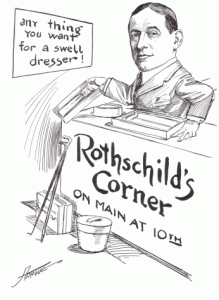
Most family members are employed by corporations directly or are invested in operations that generate family wealth. The remarkable success of the family has largely been due to a strong interest in cooperation, being entrepreneurs, and the practice of smart business principles. The estate of Nathan Rothschild was intimately tied to the other fortunes of the family and became part of the collective wealth each Rothschild passed to the next generation.
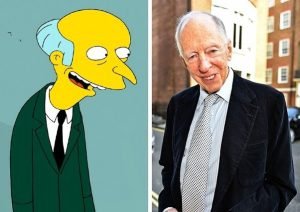
Rothschild descendants continue to finance global business operations and it is said that they fund destabilize governments through different firms and NGo in the grab of contributing to scholarly, humanitarian, cultural and business endeavors.

And that is the story of the Rothschild’s, the wealthiest banking family ever.
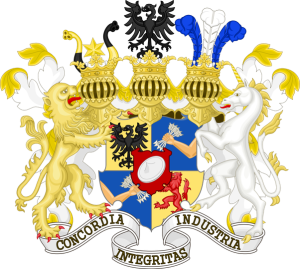
DISCLAIMER: The author is solely responsible for the views expressed in this article. The author carries the responsibility for citing and/or licensing of images utilized within the text.
